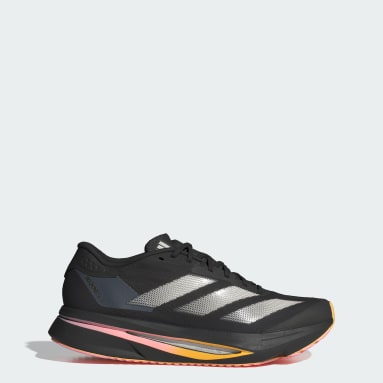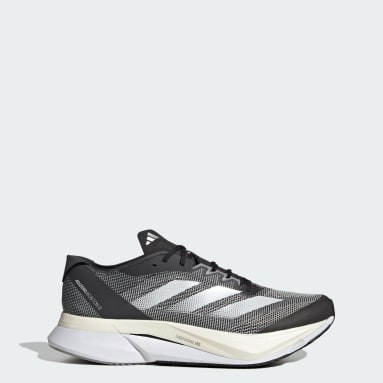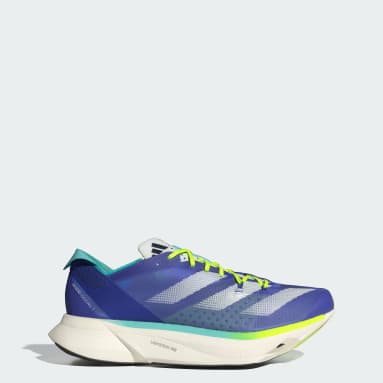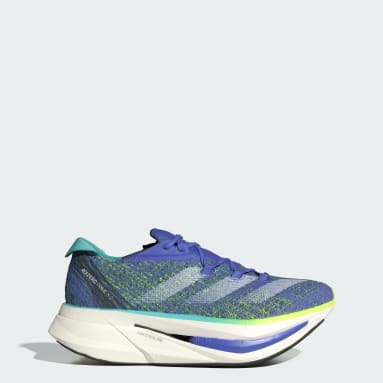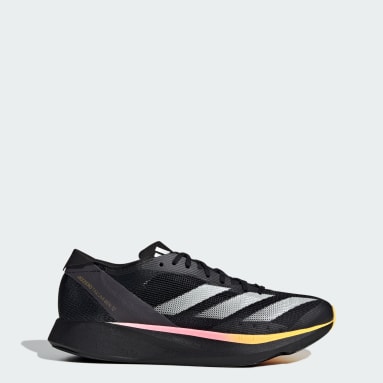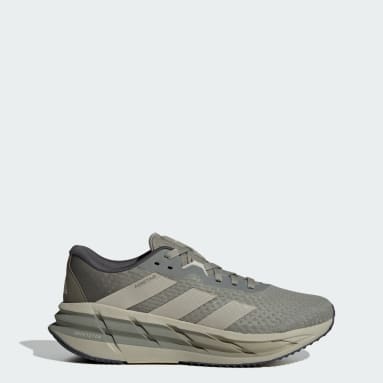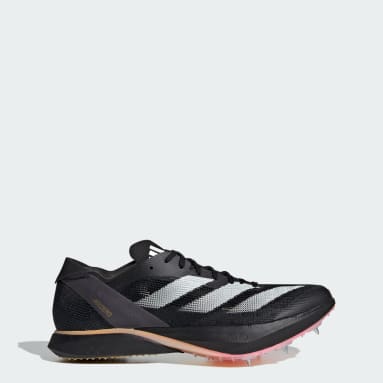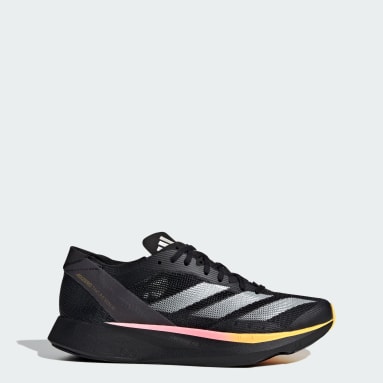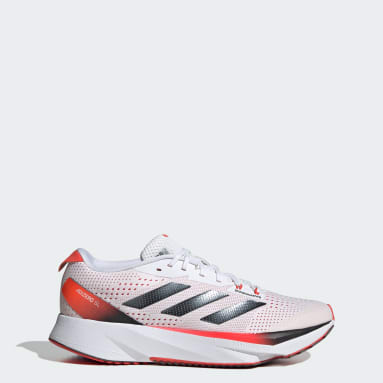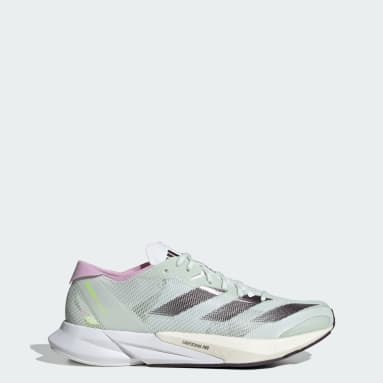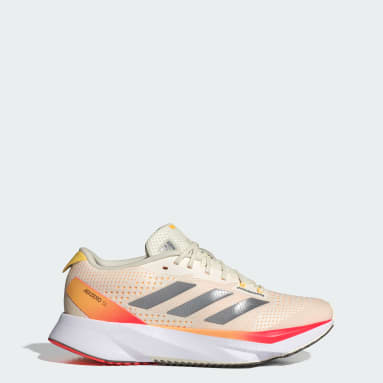Running · Long Distance · Shoes
[24]Our clothing and shoe categories
- Giftable Shoes
- Wardrobe Essentials
- Hot Accessories
- Gift A Tracksuit
- For Hoodie Lovers
- His Wardrobe Ideas
- Her Wardrobe Ideas
- Kids Clothing Gifts
- Shoes For Him
- Shoes For Her
- Kids Disney Favorites
- His Accessories
- Her Accessories
- Kids Accessories
- Cozy Mens Fleece
- Cozy Womens Fleece
- Cozy Kids Fleece
- Babys First Fleece
Running · Long Distance · Shoes Frequently Asked Questions
Are lighter shoes better for long distance running?
Lighter shoes can offer some benefits for long-distance running, but it's not a straightforward yes or no answer. Lighter shoes require less energy to move with each stride, potentially leading to improved running economy. Studies have shown a correlation between lighter shoes and faster running times, especially for elite runners. But very lightweight shoes have less cushioning than traditional running shoes. This can lead to increased impact on your joints. Lighter materials tend to be less durable. This means very lightweight, long-distance running shoes may wear out faster and require replacement more often.
What is considered long distance for running shoes?
"Long distance" in running shoes depends on the runner. Some long-distance running shoes are designed for runs over 10K (6.2 miles), with a priority on cushioning, support and durability. But it's really about your training. Beginners might find even a 5K run a long way and benefit from distance features. On the other hand, experienced marathon runners might consider anything below marathon distance (42.2K or 26.2 miles) to be a "shorter run" and might choose a different type of shoe.
What shoe is best for running long distance?
The best long-distance running shoes are designed to support you across the miles with the perfect combination of light weight, cushioning and breathability. adidas Solarglide, Solarboost and adizero Boston shoes are neutral runners designed to go the distance. adidas Boost cushioning provides an energised ride, absorbing impact and returning it as you lift off so you can take on an extra mile or pick up your speed. For tips on how to choose the right running shoes, visit our blog.
